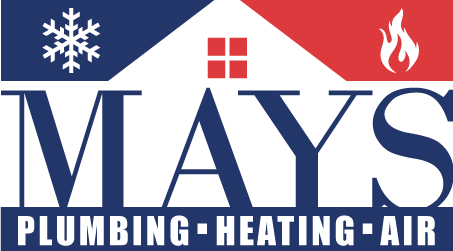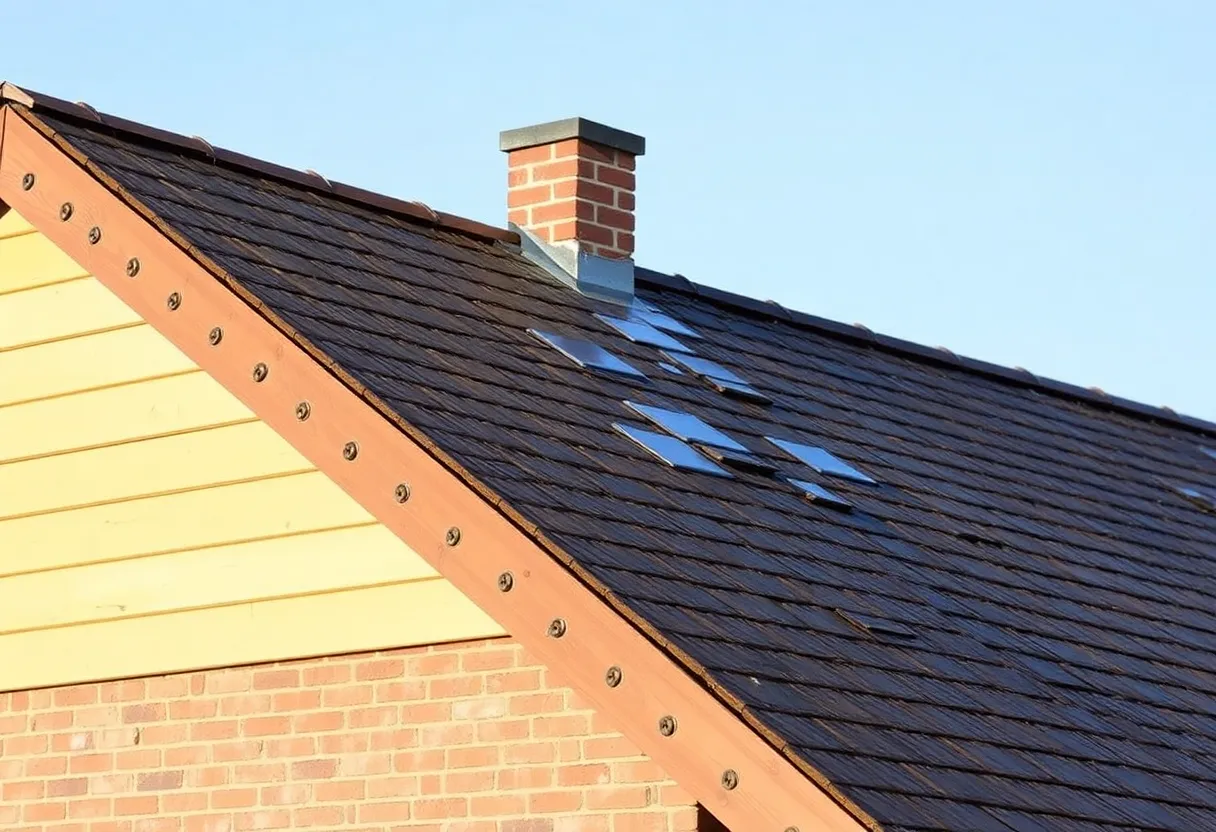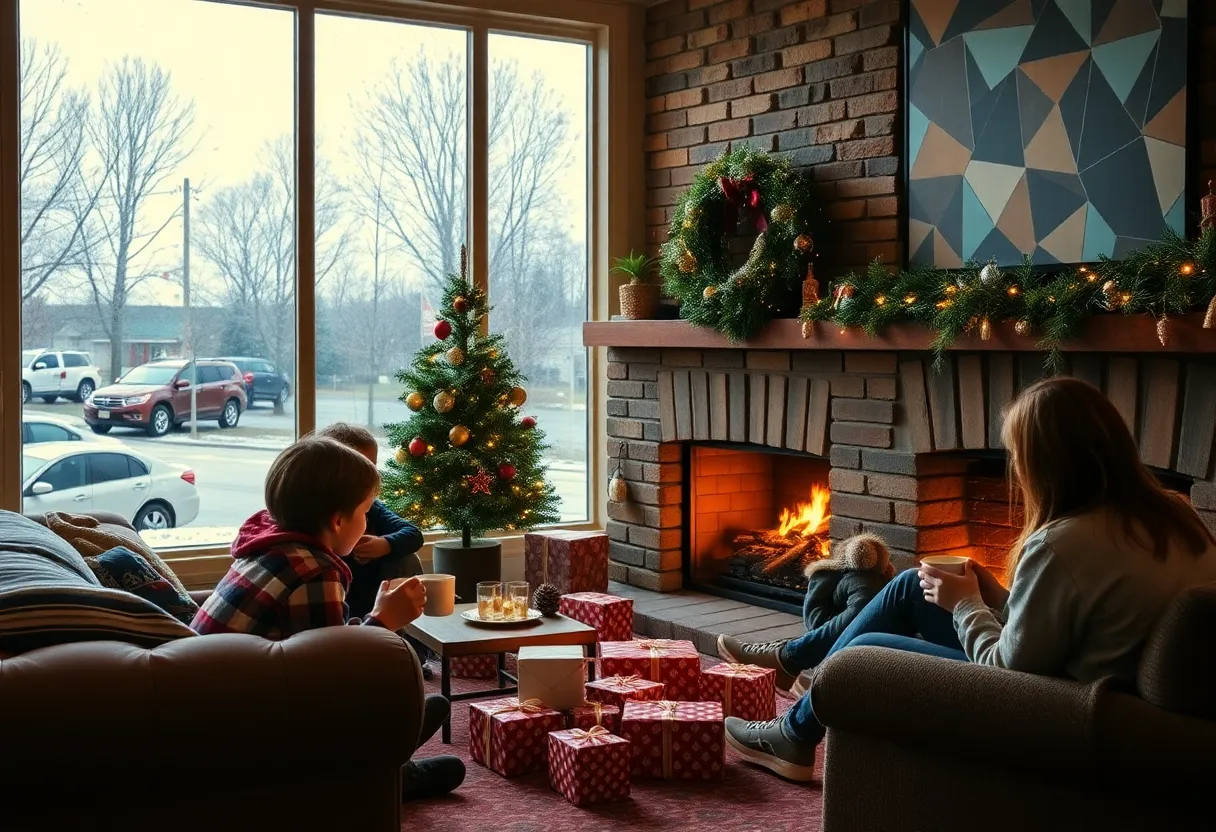What Are the Most Effective Ways to Prevent Roof Damage?
Maintaining a strong and reliable roof is crucial for the integrity of any building. Roof damage can lead to expensive repairs, compromised insulation, and even health hazards like mold. Therefore, implementing effective preventive measures is essential for every property owner.
1. Regular Inspections
Conducting regular roof inspections is the cornerstone of roof maintenance. This should be done at least twice a year, preferably in spring and fall. During inspections, look for:
- Cracked or missing shingles
- Damaged flashing around chimneys and vents
- Visible wear on any roofing materials
- Signs of algae or moss growth
Timely spot repairs can prevent minor issues from escalating into costly problems. If in doubt, hiring a professional can provide an extra layer of expertise.
2. Clean Gutters and Downspouts
Clogged gutters can cause water to back up and overflow, damaging the roof and siding. Regular cleaning of gutters and downspouts should be part of your maintenance schedule. Aim to clear them:
- At least twice a year
- After heavy storms or high winds
Consider installing gutter guards to minimize debris accumulation. This will significantly reduce maintenance efforts while safeguarding your roof.
3. Trim Overhanging Trees
Trees provide shade and aesthetic appeal, but overhanging branches can pose severe risks to your roof. Trimming branches that hang too close can prevent:
- Physical damage from falling limbs
- Debris accumulation that leads to rot or fungus growth
Additionally, trimming can improve airflow around your roof, reducing moisture and preventing algae growth.
4. Ensure Proper Ventilation
Good ventilation plays a significant role in roof longevity. It helps regulate temperature and moisture levels in the attic, preventing heat buildup and condensation. Consider installing:
- Ridge vents
- Soffit vents
- Power vents
These options allow stale air to escape, reducing risks associated with mold and ice dams during winter.
5. Inspect and Maintain Roof Flashing
Flashing is essential for directing water away from critical areas of the roof, such as chimneys, vents, and walls. Ensure your flashing is:
- Free from corrosion
- Securely fastened to the roof
If you spot any weak points, it’s crucial to replace or repair them immediately. Proper flashing helps prevent leaks and subsequent water damage.
6. Apply Protective Coatings
Using reflective or protective coatings can enhance your roof’s durability. These coatings offer a barrier against UV rays, minimizing wear and preserving materials. Moreover, they can help:
- Lower energy costs
- Improve the aesthetic value of your roof
Consult with a professional to select the appropriate coatings for your roofing material.
7. Manage Snow and Ice Buildup
Heavy snow can weigh down the roof structure, leading to potential collapse. In regions with heavy snowfall, consider installing:
- Heated cables to melt snow and ice
- Snow guards to prevent snow slides
Regularly clearing snow from the roof can also help maintain structural integrity and reduce stress on the roofing system.
8. Choose High-Quality Materials
When it comes time to install or replace a roof, select quality materials. Options such as:
- Metal roofing
- Architectural shingles
- Clay or concrete tiles
Not only withstand the elements better but also require less maintenance over time. Investing in quality roofing can yield significant long-term savings.
9. Address Issues Promptly
Ignoring small issues can lead to larger complications. If you notice:
- Leak stains on ceilings
- Damaged shingles
- Signs of mold
Address these matters immediately. Calling a trusted roofing professional can help mitigate risks and ensure your roof remains in optimal condition.
10. Secure Utilities and Infrastructure
Pipes, vents, and other utilities can create vulnerabilities in roofing. Check that all penetrations are properly sealed and protected. Use caulk or specialized sealants to ensure:
- No gaps or cracks exist
- Water cannot seep into the roof lining
Even minor failures at these points can lead to significant damage over time.
Conclusion
Roof damage can be costly, but preventative measures will help safeguard your investment. By implementing regular inspections, maintaining gutters, managing tree growth, and ensuring proper ventilation, you can extend your roof’s lifespan. Pay attention to flashing, consider protective coatings, manage snow buildup, invest in high-quality materials, and address repair needs without delay.
In summary, maintaining a roof is an ongoing responsibility that, when managed effectively, leads to a durable, safe, and functional home.
Author: STAFF HERE Chapin
CHAPIN STAFF WRITER The CHAPIN STAFF WRITER represents the experienced team at HEREchapin.com, your go-to source for actionable local news and information in Chapin, Lexington County, and beyond. Specializing in "news you can use," we cover essential topics like product reviews for personal and business needs, local business directories, politics, real estate trends, neighborhood insights, and state news affecting the area—with deep expertise drawn from years of dedicated reporting and strong community input, including local press releases and business updates. We deliver top reporting on high-value events such as the Chapin Christmas Parade, Fourth of July Celebration, and the Chapin Fall Festival. Our coverage extends to key organizations like the Chapin Chamber of Commerce and the Lexington School District One, plus leading businesses in retail and recreation that power the local economy such as Lake Murray Tourism and the Chapin Visitor Information. As part of the broader HERE network, including HEREaiken.com, HEREbeaufort.com, HEREchapin.com, HEREcharleston.com, HEREclinton.com, HEREcolumbia.com, HEREgeorgetown.com, HEREgreenwood.com, HEREgreenville.com, HEREhiltonhead.com, HEREirmo.com, HEREmyrtlebeach.com, HEREnewberry.com, HERErockhill.com, HEREspartanburg.com, HEREaustin.com, HEREcollegestation.com, HEREdallas.com, HEREhouston.com, and HEREsanantonio.com, we provide comprehensive, credible insights into South Carolina's dynamic landscape.




 Mays Contracting
Mays Contracting

